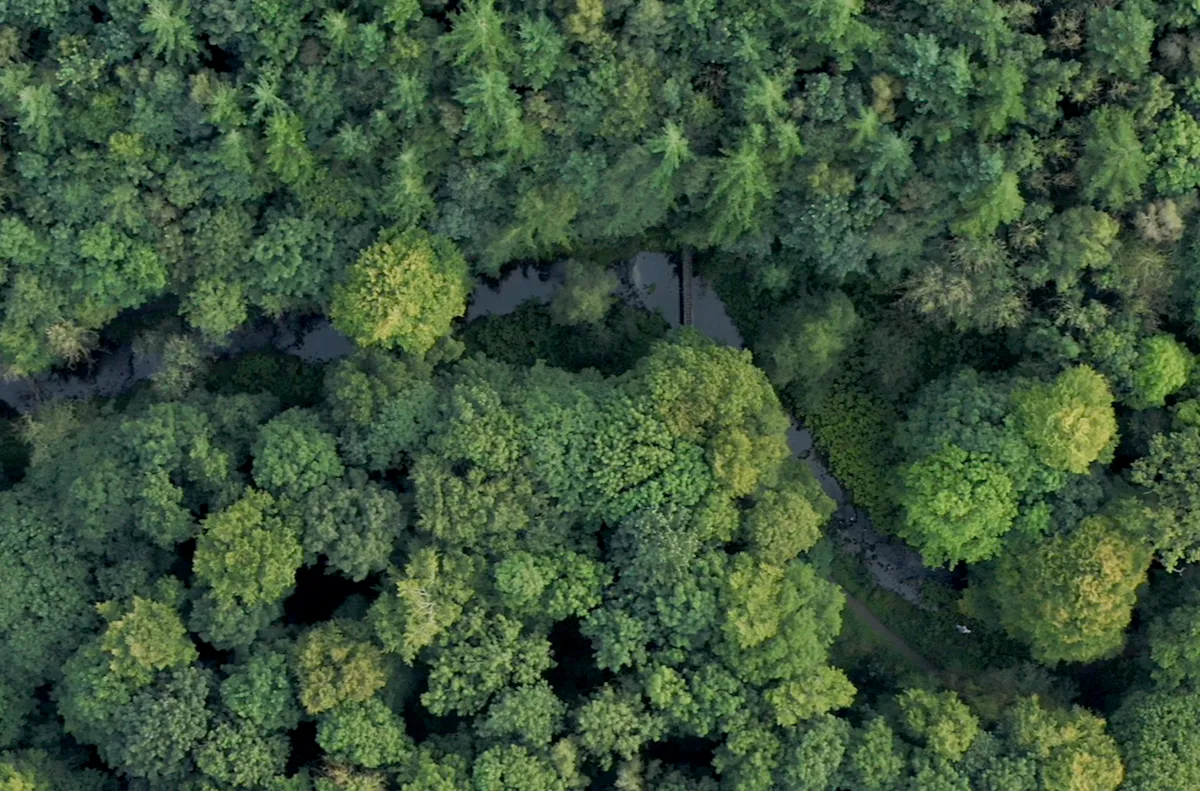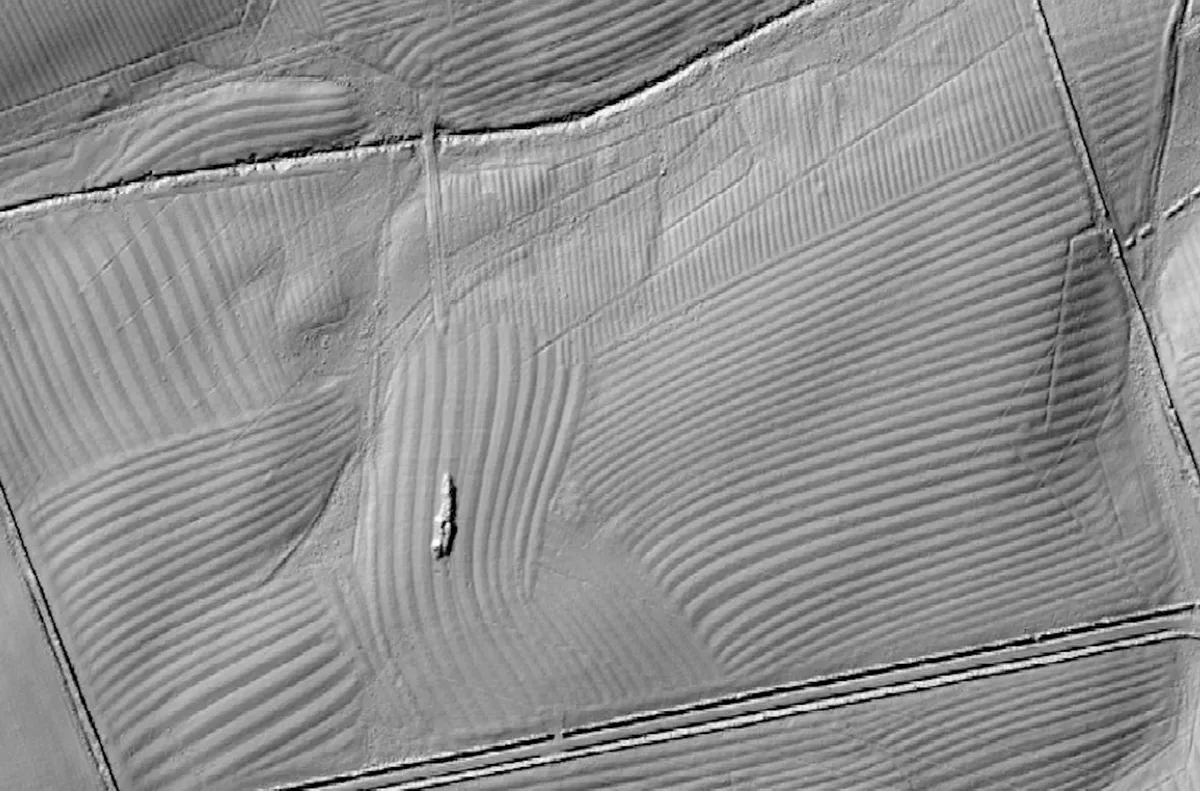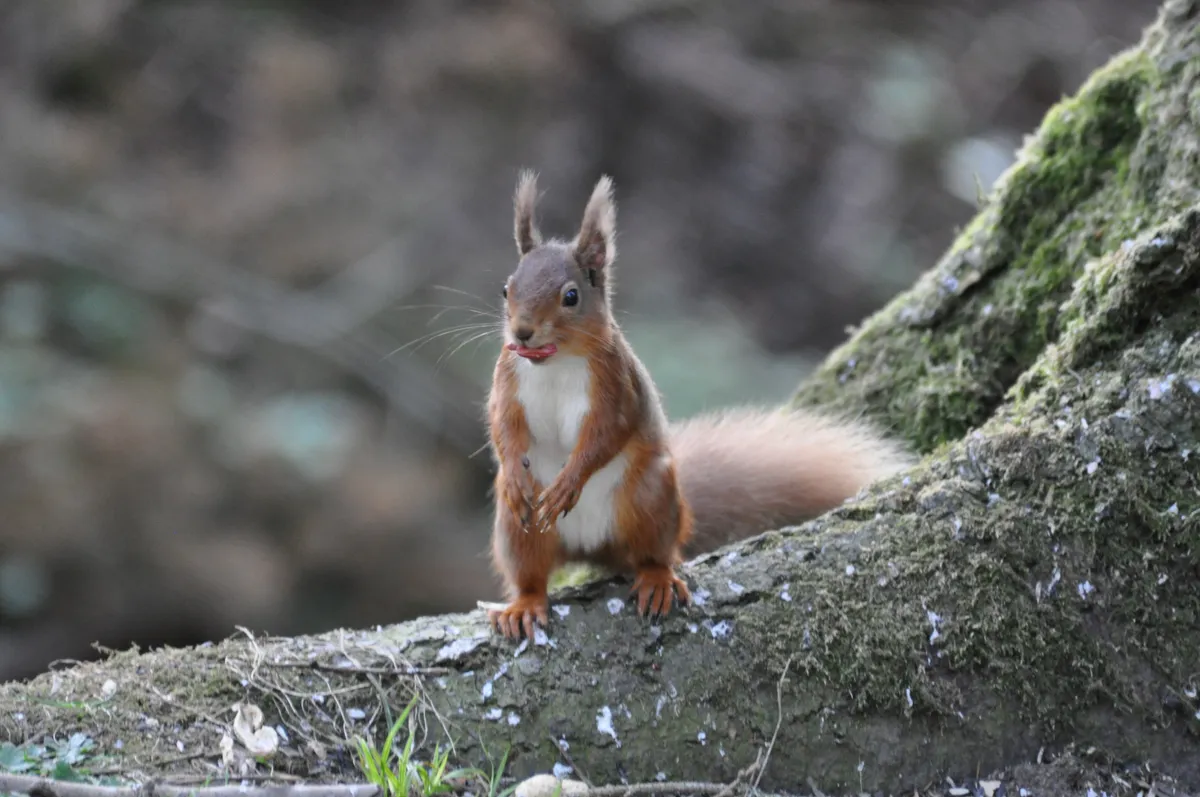A survey has revealed 120 undiscovered ancient landforms on the Wallington Estate in Northumberland. The findings will be used to inform the planting of 75,000 British native trees, part of the National Trust’s ambition to establish 20 million trees by 2030. It is its largest tree-planting project to date.
The mapping technology, known as a LiDAR (Light Detection and Ranging) survey, uses lasers to expose detailed features in the land not visible to the naked eye. The system has revealed more than one hundred archaeology and ancient landforms across Wallington Estate.
These findings, which include historic woodlands, Iron Age camps and a 17th-century recreational landscape, will help ensure the cultural heritage and ancient features of the landscape are protected as the planting of 75,000 trees gets underway this autumn.
By enhancing these habitats, to project aims is to help Wallington’s resident species – including red squirrels, bats, white-clawed crayfish, woodland birds and farmland butterflies – thrive across the estate.

“This is an exciting moment in the 5,000 year history of this special estate,” said National Trust Archaeological Consultant Mark Newman.
“The LiDAR findings have shone a light on much more than we could have imagined so that we can better understand the history of the landscape to help inform plans for its future.
“All of these discoveries will be investigated further to ensure none are impacted by the upcoming planting plans, and to preserve their archaeology for future study.

“Embracing, valuing, understanding and respecting the cultural landscape is completely complementary to planting for the benefit of the natural environment we must achieve, through planting projects like this, in our fight against the climate crisis.
“We can now plant with confidence, selecting areas for planting that avoid damaging any significant archaeological remains. But, and this is one of the things we are really excited about, we can now actually recreate areas of lost historic planting which we didn’t previously know about. It makes sense to mirror history. These areas should deliver even more habitat benefit than was originally intended and once again contribute to the picturesque qualities of the landscape while also restoring lost features of the historic environment.
“This work has proven how archaeological conservation and planting for nature can work responsibly and sensitively together to preserve and enhance the best and most fascinating parts our cultural environment whilst creating new, bigger and better habitats for the benefit of future generations.”

Paul Hewitt, Wallington’s Countryside Manager added: “Wallington set out its 50-year vision for nature recovery across the estate in 2019, and the securing of the Green Recovery Challenge Fund is now contributing significantly to these plans. In the short term it’s our vision to see a million trees and a thousand hectares of priority habitats created and restored by 2030 on the Estate.
“We have a long-awaited opportunity to make a real, tangible change for nature, wildlife and people here at Wallington.
“Wallington has a huge role to play in the recovery of nature due to its sheer size and the fact we can make changes at a landscape scale. We still have some quality habitats in which iconic and rare species still exist, these will all be expanded and increased.

“It’s thrilling to see our vision for nature recovery taking a major boost and enable us to work at pace to combat the climate crisis and nature decline.
“We want our visitors to come along on the journey with us too, and we’ll be looking at new ways of bringing the work we’re doing on the wider estate to life for our members, visitors and supporters at Wallington and beyond.”
Wallington is one of eight National Trust projects to benefit from the Government’s Green Recovery Challenge Fund (GRCF) to restore nature and tackle the climate crisis.
